The 2025 IVVA European Veteran Volleyball Championship took place in my hometown of Pescara last May, so I took the opportunity to get the students on the sports photography course I teach at Chieti-Pescara University to practise. Here are some random thoughts about lessons learned.
Focal length
One of the main challenges of shooting sports such as soccer, basketball and —of course— volleyball, is the choice of the focal length. The IVVA Organising Committee granted us permission to stay in close proximity to the courts. This allowed the use of a 35mm —or so— lens to take ‘scenes’ documenting the whole dynamics of a ‘moment’.
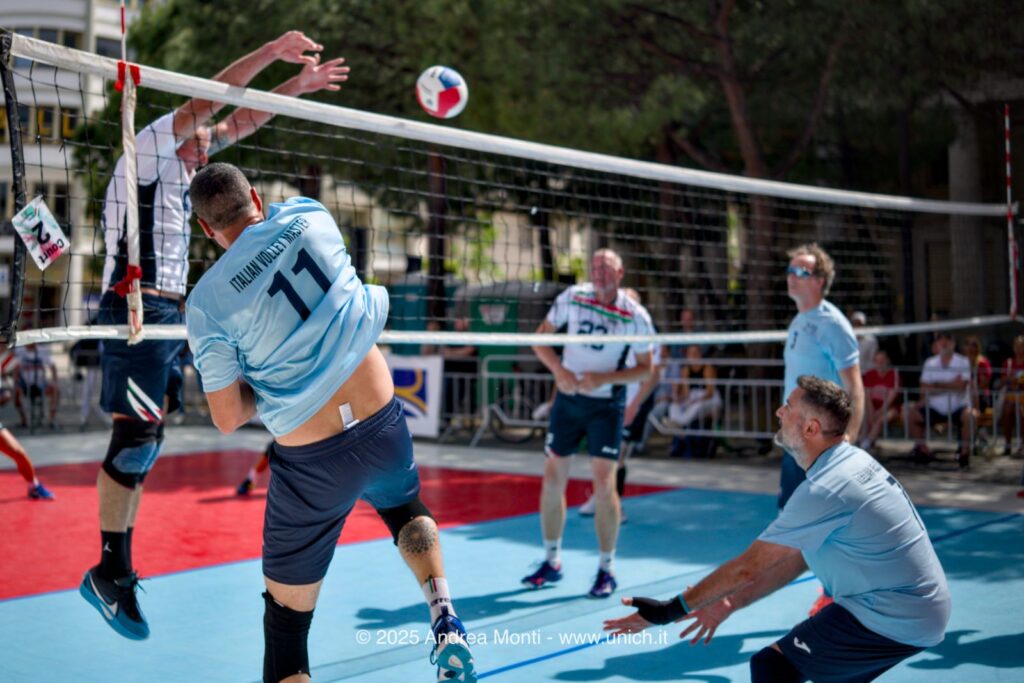 In this case, a longer lens would have been more appropriate, to compose with less room on the sides and better subject isolation. However, the training constraint of the day I gave to my students (and to myself) was that only a 35mm could be used.
In this case, a longer lens would have been more appropriate, to compose with less room on the sides and better subject isolation. However, the training constraint of the day I gave to my students (and to myself) was that only a 35mm could be used.

Freezing the moment
The defensive phase of the game provides a never-ending source of opportunities. Once again, being close to the action allows you to compose shots that put the athletes performing the move in the foreground, with the rest of the team filling the space harmoniously behind them.
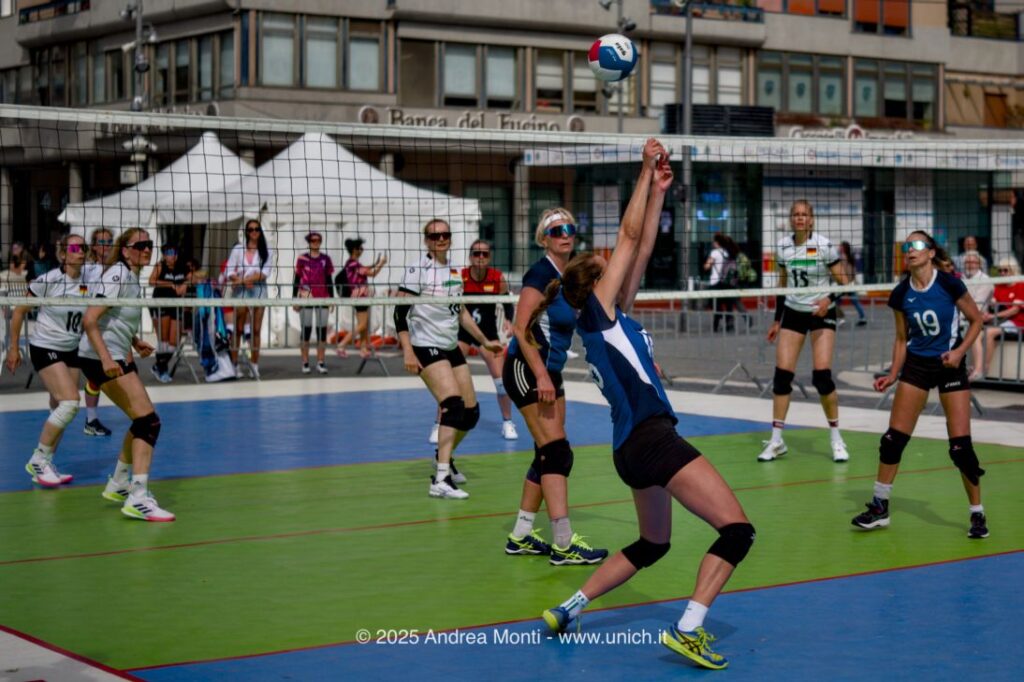
Warm-ups are fascinating to capture because they show how athletes’ attitudes change from relaxation to focus on the match.
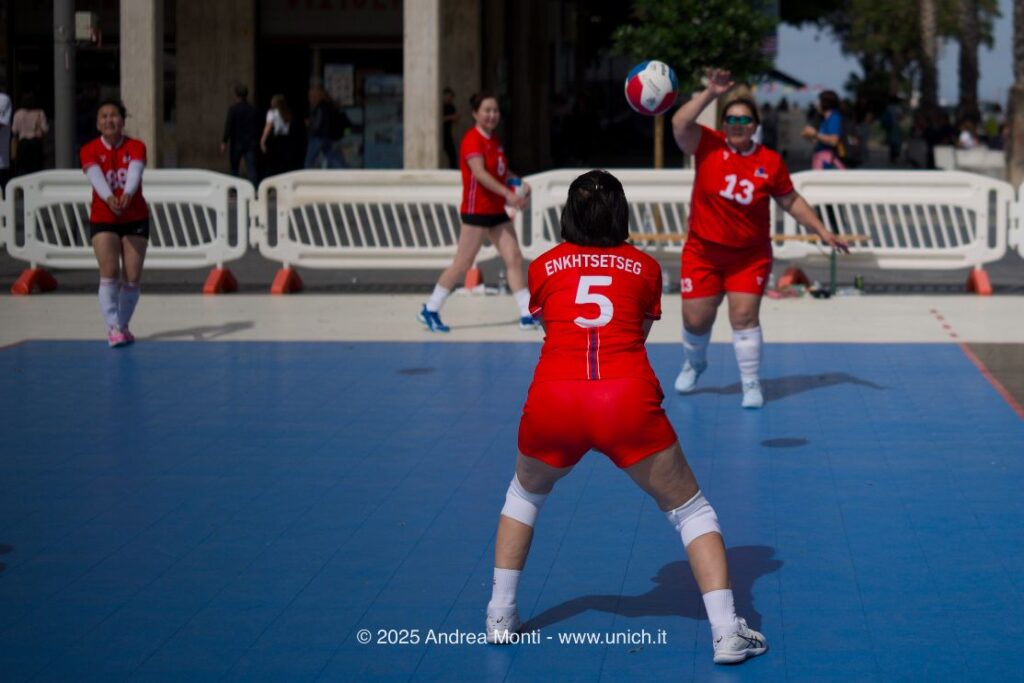
Space management
In team sports, action often takes place in small, crowded spaces. This makes it highly likely that the photo will be ruined by unwanted limbs appearing in the background or players suddenly filling the frame. Then, the ultimate ability is to foresee the moment and capture it before it disappears due to an undesirable intrusion, like in this case.
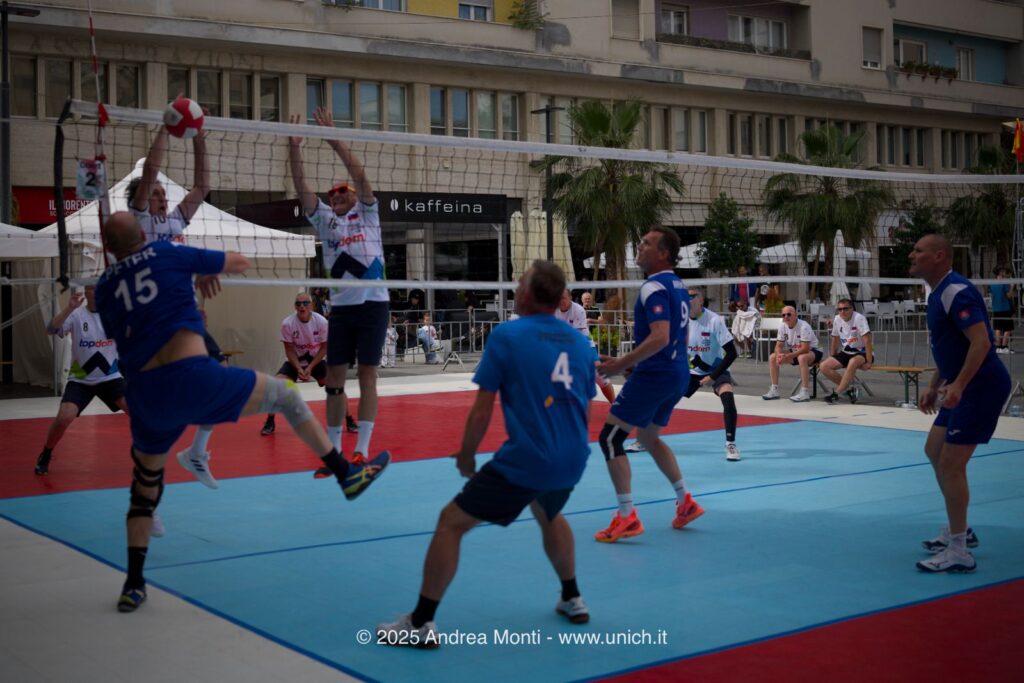
Here I have been luckier.

Portraits
In the post about portraits in skating, I made a point about the importance of taking portraits of the coaches, too. In this case, admittedly, 35mm is not the best focal length for this purpose, but it can work nonetheless if used to document the interaction between coach and team.

When it comes to traditional group photo portraits like this one, the 35 mm lens is a good choice.

Gear considerations
For this session I used a Fujifilm X-T5 and a Viltrox AF 27/1.2.
As usual, the image quality is very high. I still can’t see the point in spending so much money on red-dotted lenses and cameras —which I owned and happily sold— or other similarly expensive gear. Yes, ‘pro’ lenses are better, but how much better are the results? OK, enough musing — let’s get back to the point.
The camera and lens autofocus worked properly; however, I was slightly disappointed by the X-T5’s lag when powering it on from standby mode. Even when set to ‘boost’, it wasn’t as quick as is necessary for this kind of work. As a result, I either had to shoot ‘blind’ or wait for the image to appear in the viewfinder. This is when I missed my Pentax K-1. So, if you want to use the X-T5 camera for high-paced sports, it would be better to turn it on in advance, even if just by a few seconds. Of course, faster mirrorless cameras from Canon and Nikon don’t have this issue, but that doesn’t mean the X-T5 is unsuitable for this kind of assignment.
You only need to know its limitations (cit. Dirty Harry).
Share this post:



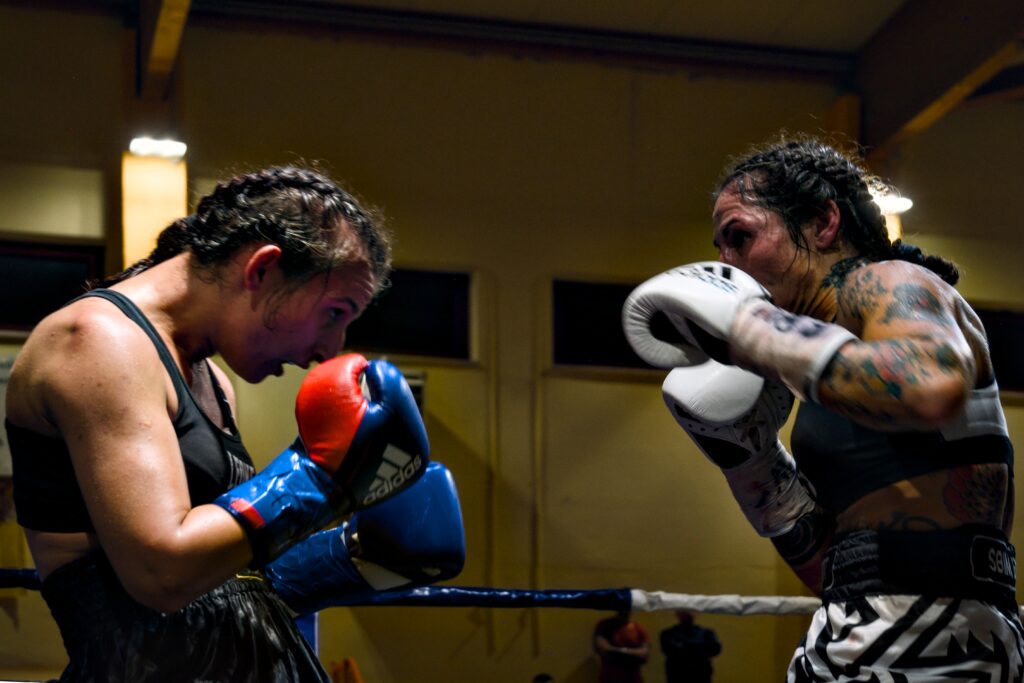
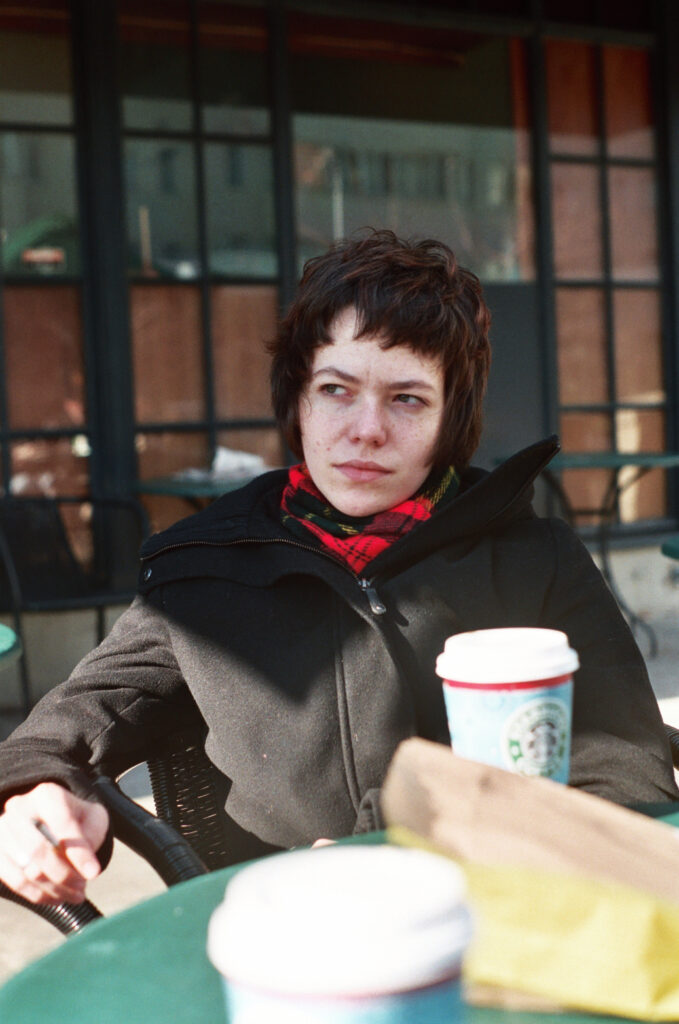
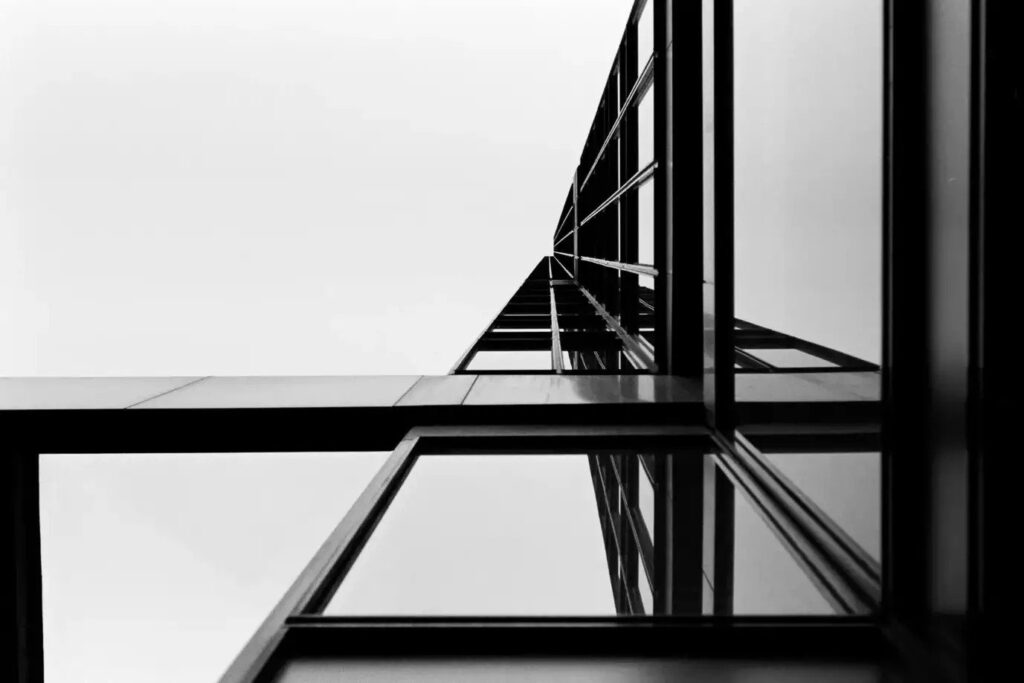
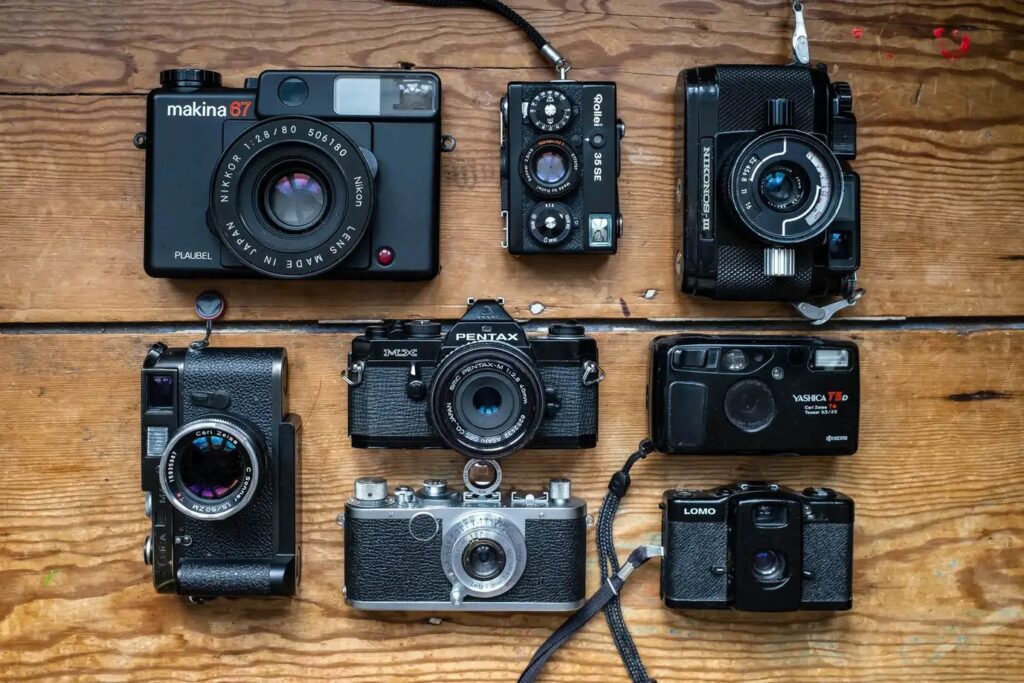
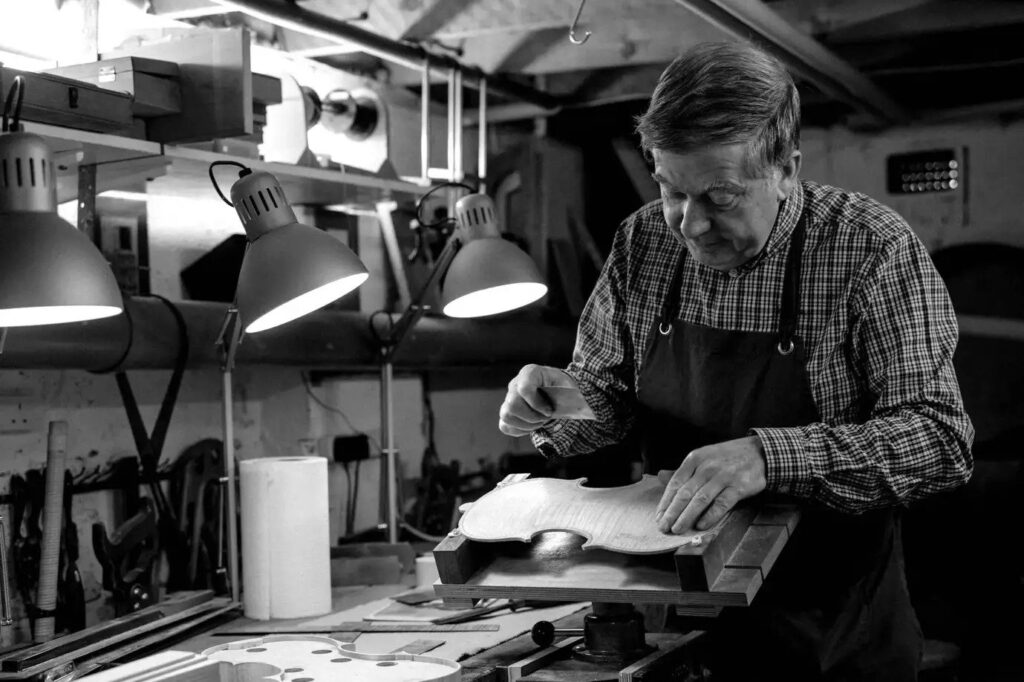
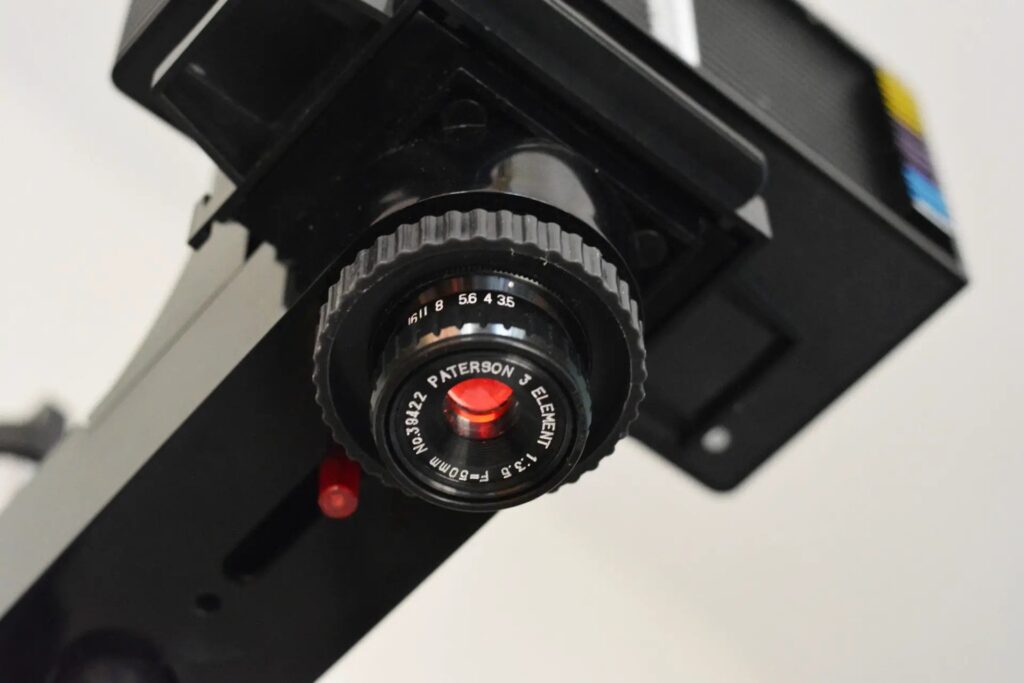
Comments
Danilo Leonardi on Shooting an Outdoor Volleyball Match
Comment posted: 26/06/2025
Perhaps you would have been better off disabling auto power off, which is an option available in the power management menu on all Fujifilm cameras. This keeps the camera on at all times. It will use up the battery faster, but having a spare or two on hand would be an easy way to tackle this.
On a further thought about the sleep and wake-up situation, from my many years using Fujifilm cameras, I’ve noticed that when auto power off is enabled, older XF lenses and some third-party lenses can make the camera take a little longer to wake up. Lenses with linear motors (LM) — which also tend to be the ones that focus faster — usually let the camera wake up more quickly. As you mentioned, using the “boost” option in power management also helps reduce wake-up time.
Another option to consider is choosing the X-H2S instead of the X-T5. Besides being the best in the lineup for photographing anything that moves quickly, it can be accessorised with a power grip, allowing you to use 3 batteries and worry less about battery drain if you were to disable auto power off.
Warm regards on this very hot summer’s day here in London, and great blog post!
Comment posted: 26/06/2025
Comment posted: 26/06/2025